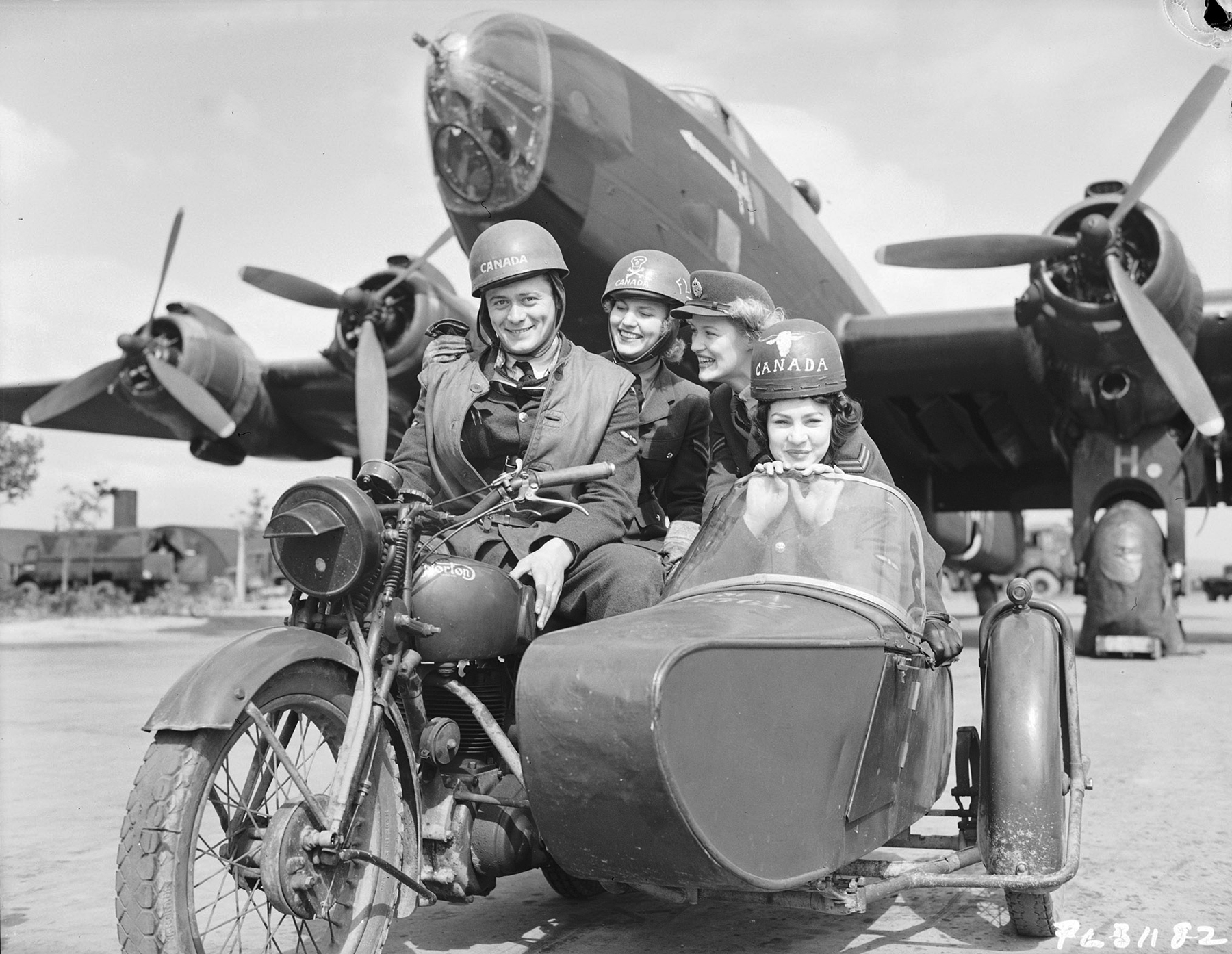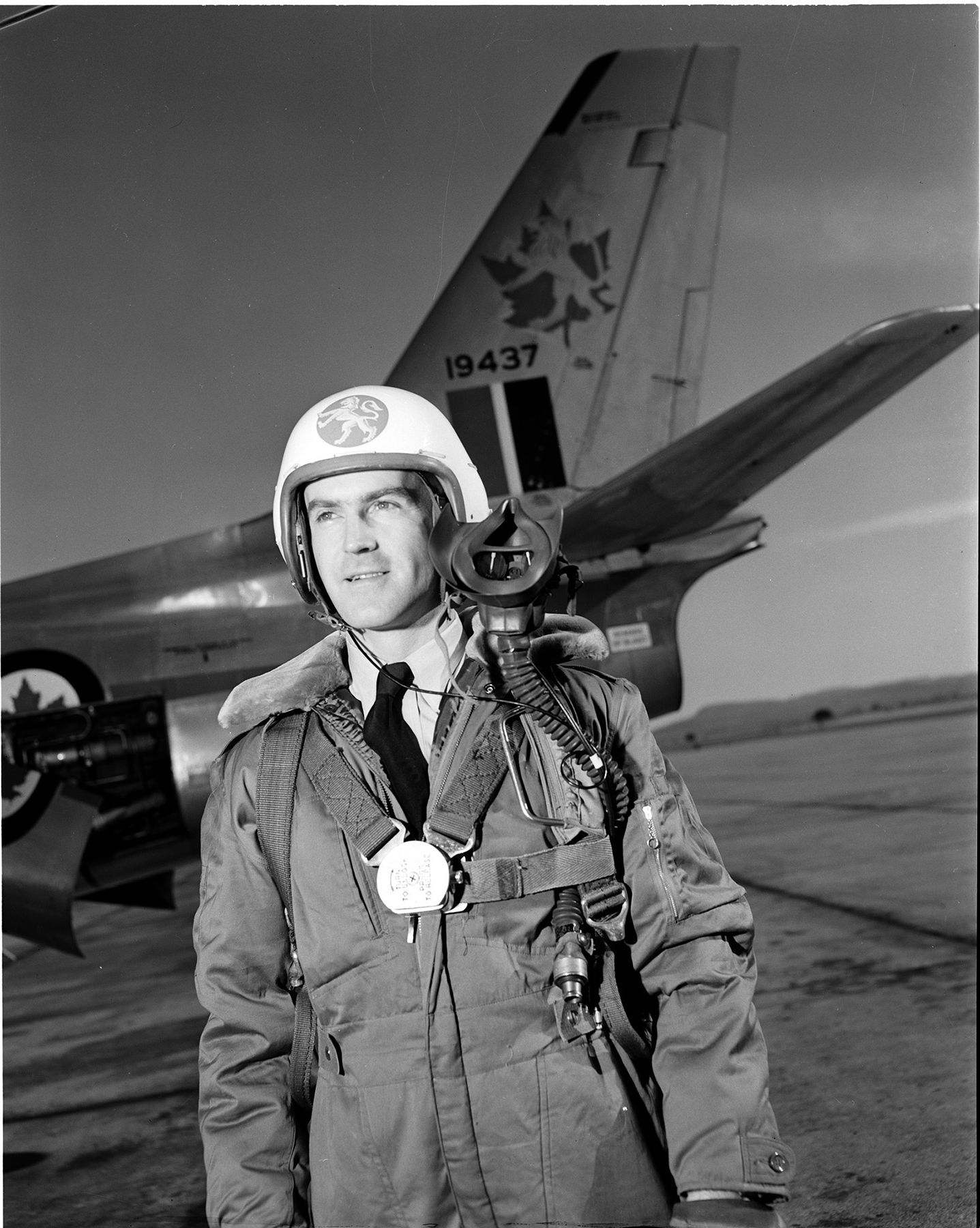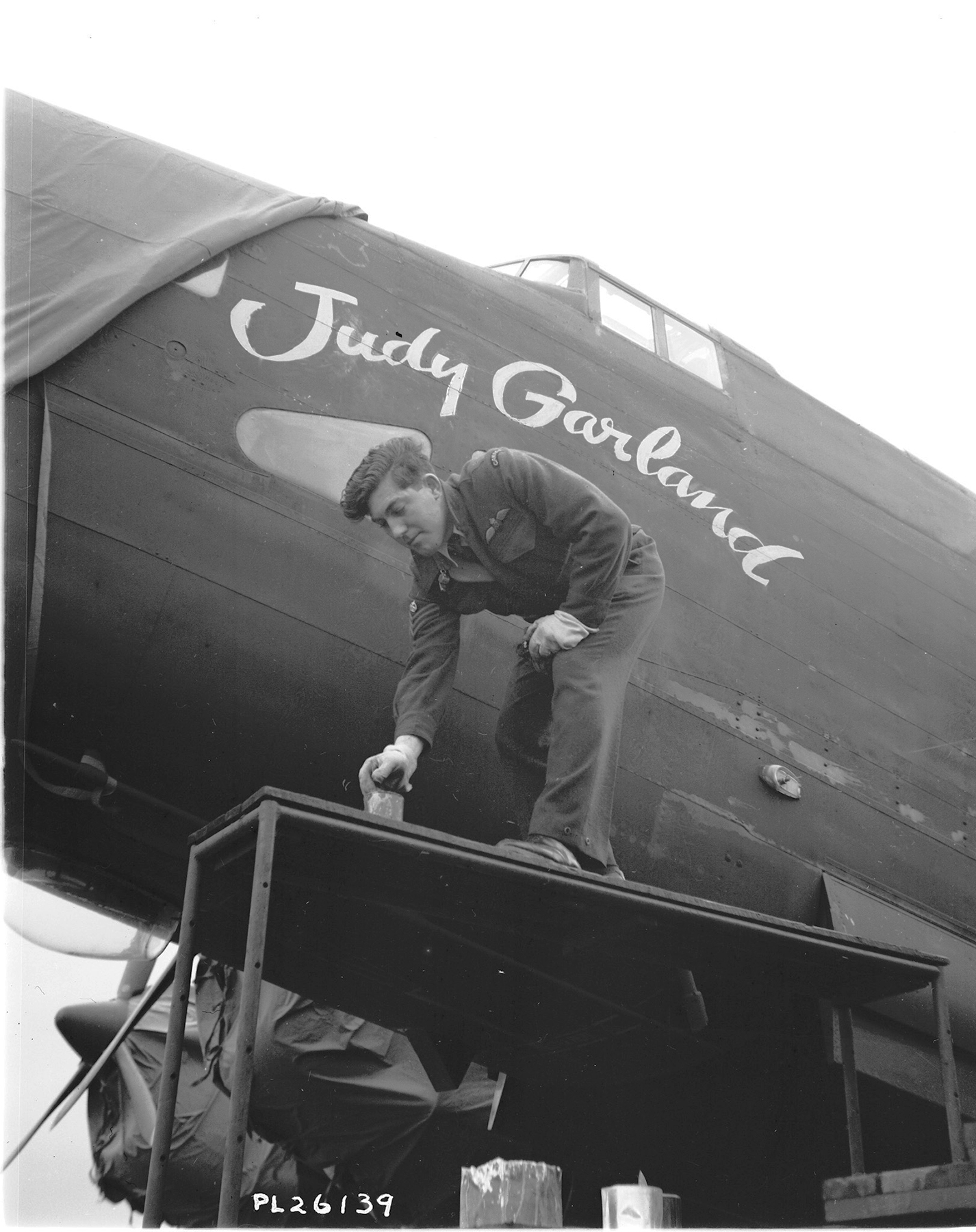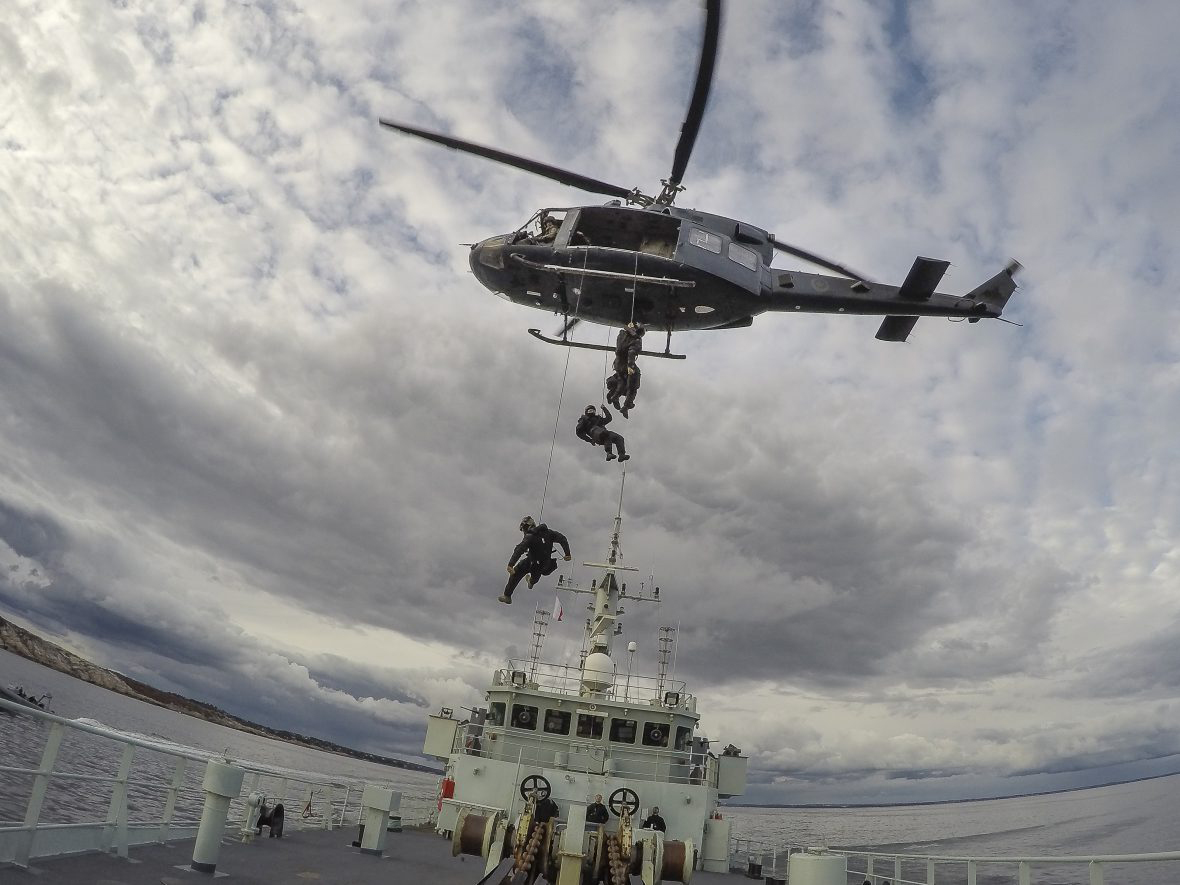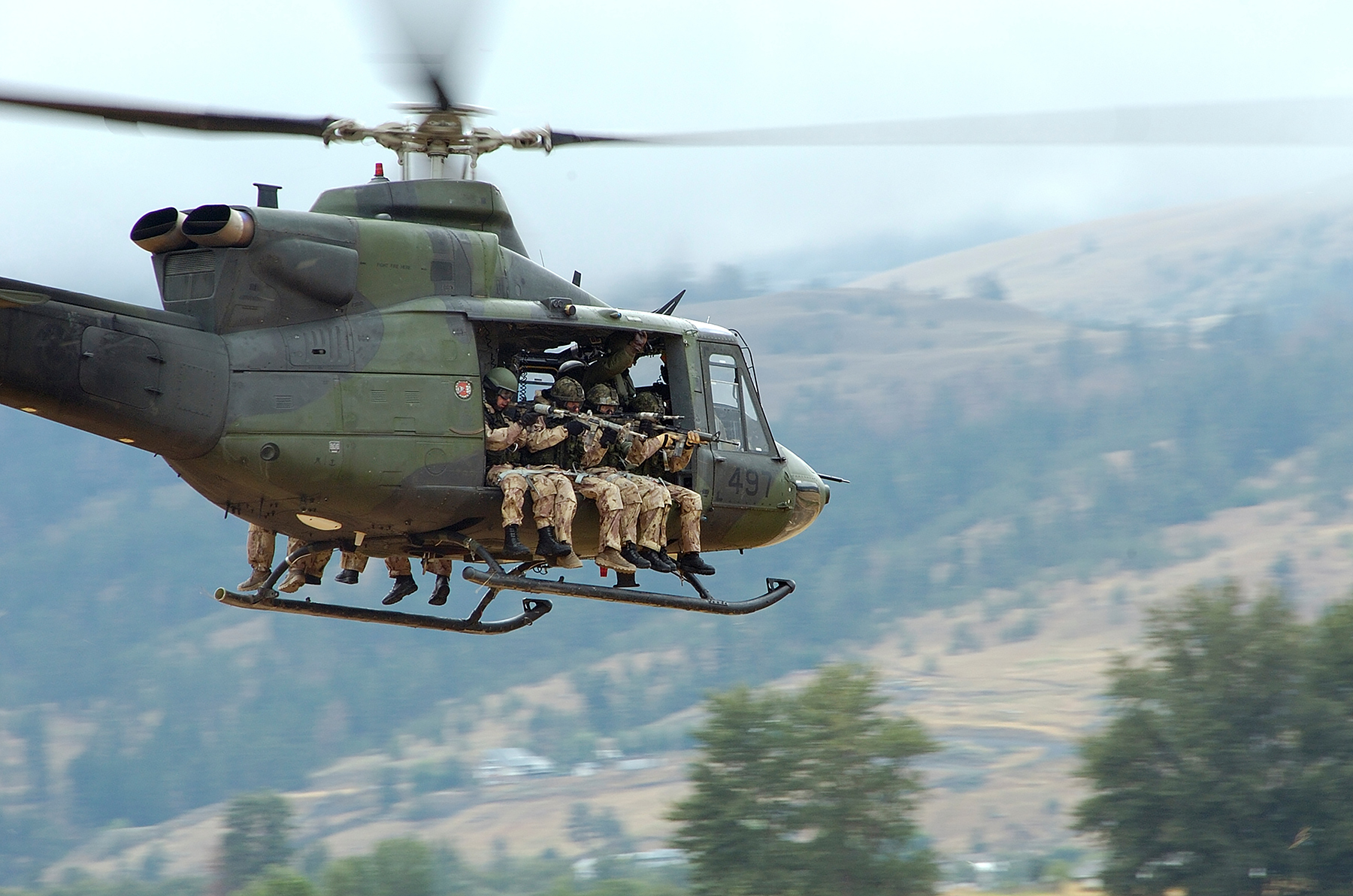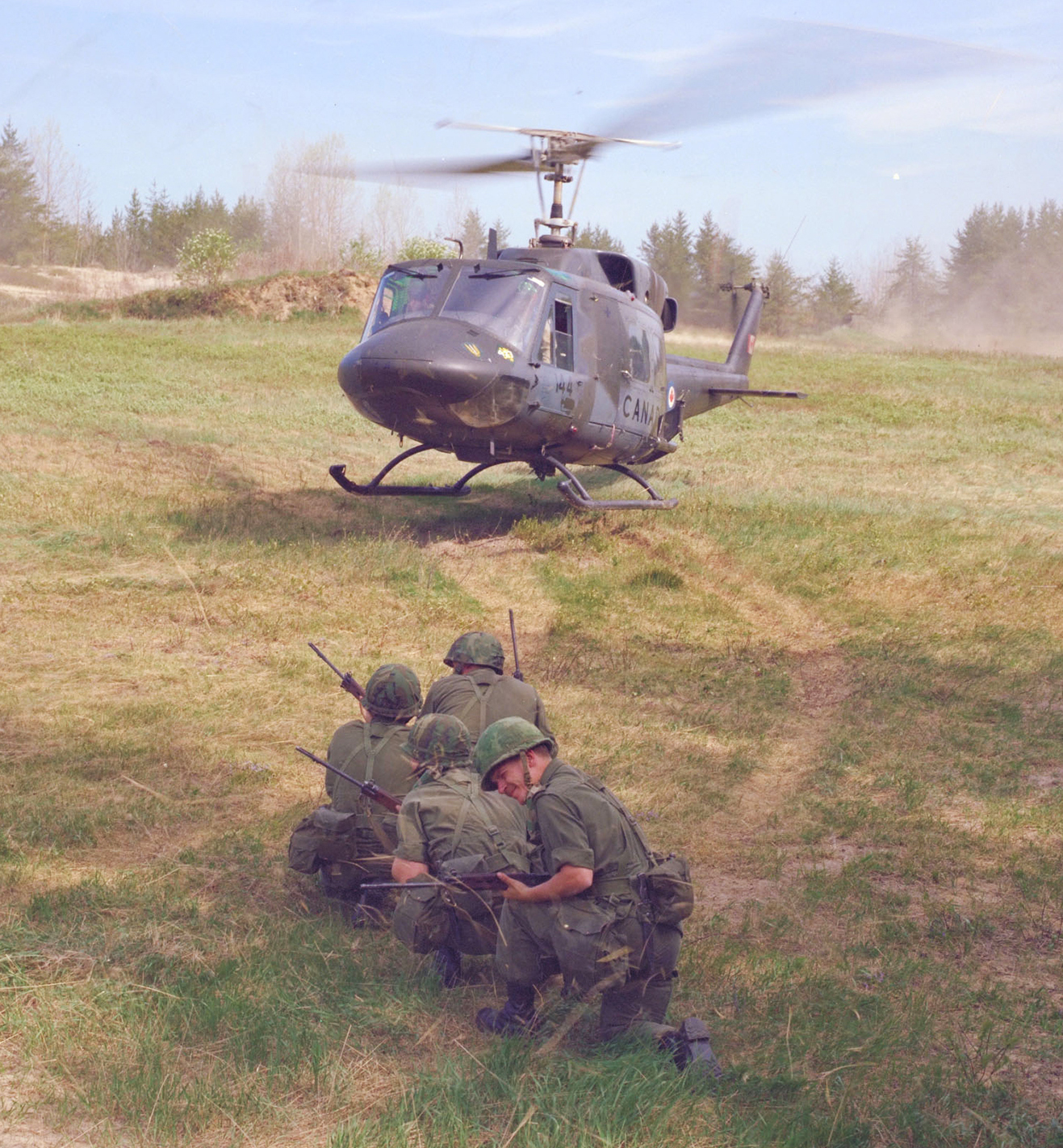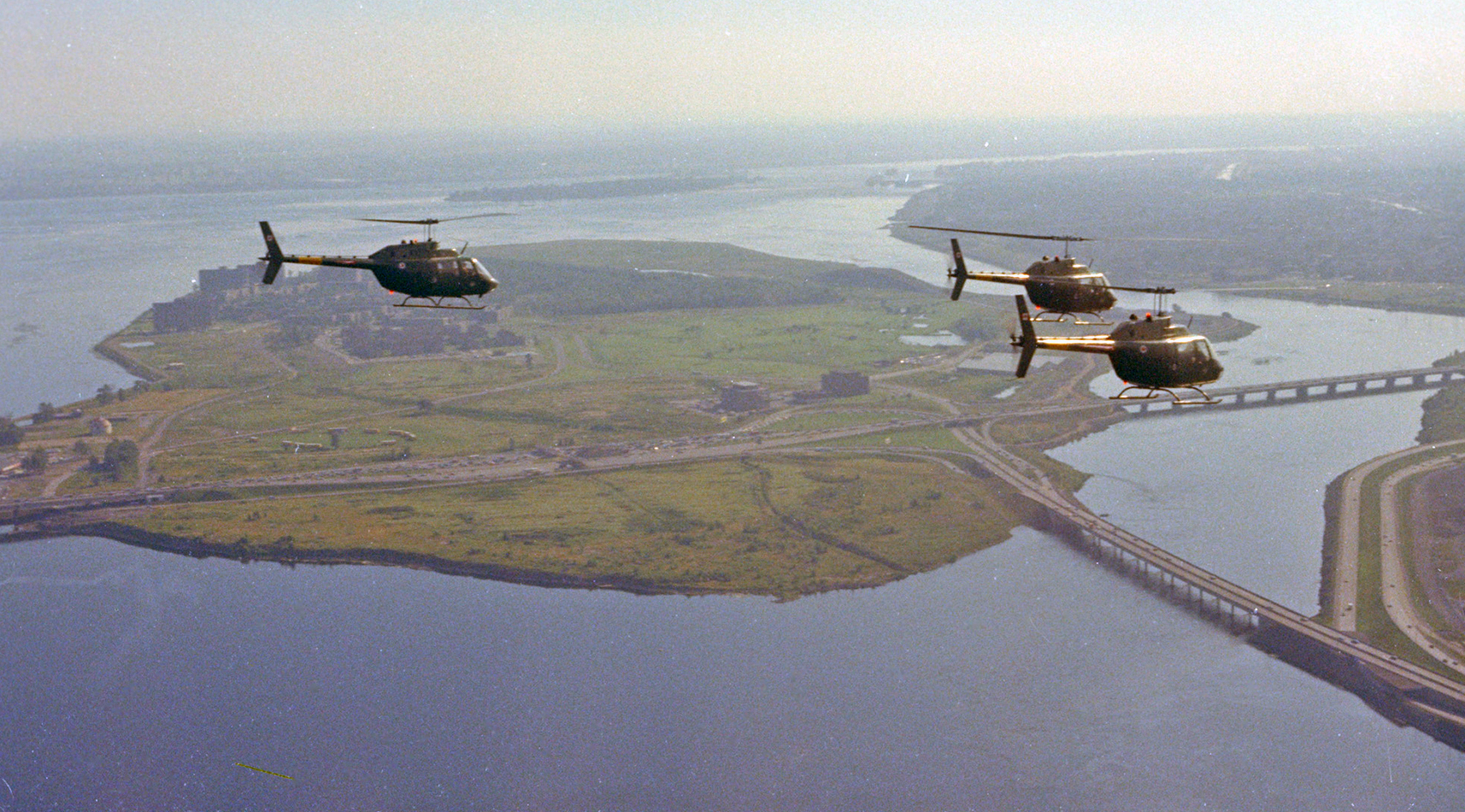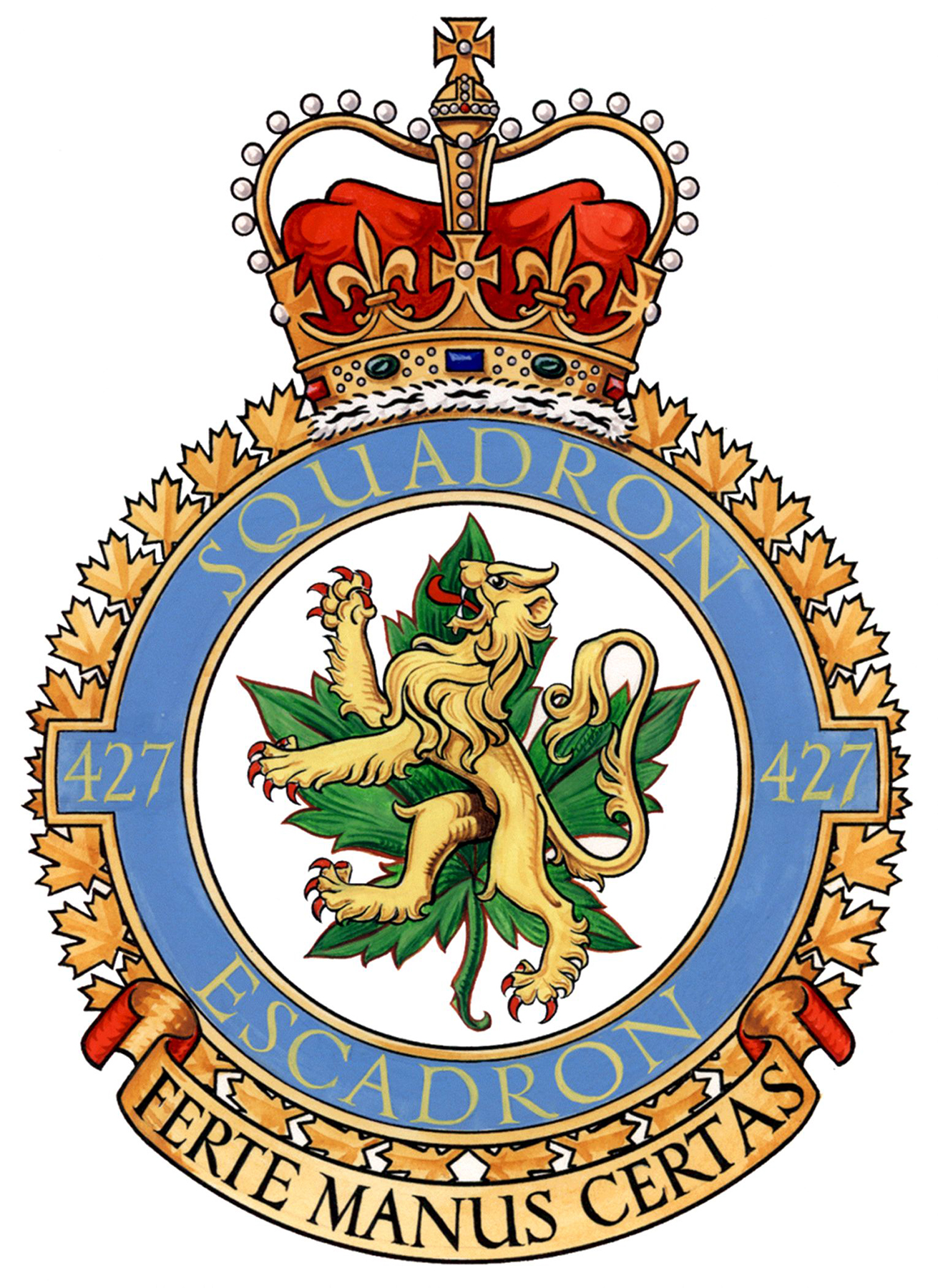The “Lion” evolved: The story of 427 Squadron
News Article / January 19, 2018
Click on the photo under “Image Gallery” to see more photos.
By Captain Pete Curtis
Late last year, 427 Special Operations Aviation Squadron, located at Petawawa, Ontario, celebrated its 75th anniversary. With a distinguished history of aviation excellence, the squadron has evolved considerably since its inception, repeatedly adjusting to an ever-changing aviation environment for the better part of a century.
Created on November 7, 1942, in Yorkshire, England, 427 Squadron started out as one of 15 Royal Canadian Air Force (RCAF) bomber squadrons. Initially outfitted with the twin-engine Wellington bomber, the squadron soon upgraded to the four-engine Handley Page Halifax, relocating to Leeming in North Yorkshire, England, where it continued to stage operations for the remainder of the Second World War.
The 427 ‘Lions’ won the admiration of many during the war. One such admirer, American film giant Metro-Goldwyn-Mayer (MGM), adopted the squadron and allowed the names of such stars as Judy Garland, Lana Turner, and Joan Crawford to be displayed on squadron aircraft. Legend has it that MGM went so far as to provide all members with a lifetime pass to its theatres across North America. These accolades, along with the adoption of a lion cub presented by British Prime Minister Winston Churchill, propelled the squadron’s Lion nickname and made its aviators some of the most respected of the war.
By war’s end, 427 Squadron had completed some 3,200 sorties and earned a distinguished list of battle honours and medals, including four Distinguished Service Orders, two Conspicuous Gallantry Medals, 16 Distinguished Flying Medals, and 147 Distinguished Flying Crosses.
If change was the only constant after the Second World War, the evolution of 427 Squadron was no exception. Having been disbanded after the war, the Lions stood up again in 1952 in St. Hubert, Québec, this time as a fighter squadron flying the F-86 Sabre before relocating across the Atlantic to Zweibrücken, Germany. The squadron experienced yet another transformation in 1962, when it was equipped with the CF-104 Starfighter, flying the supersonic interceptor until the squadron was again disbanded on July 1, 1970.
On January 1, 1971, the squadron reformed and returned to Canada, this time as a tactical aviation squadron located in Petawawa, Ontario – its home to this day. Equipped with the Cessna L-19 Bird Dog two-seater aircraft, the CH-135 Twin Huey helicopter and the CH-136 Kiowa helicopter, 427 Tactical Helicopter Squadron deployed on several operations and UN missions around the world. By 1997, it was furnished with a uniform fleet of CH-146 Griffon helicopters to support a global demand for Canada’s tactical aviation capability.
Shortly after the creation of Joint Task Force 2, a special operations aviation capability was generated from within 427 Squadron as the RCAF’s dedicated aviation support to special operations. Later, in 2006, 427 Squadron was again reorganized to support the standup of Canadian Special Operations Forces Command (CANSOFCOM). In 2007, it was formally designated 427 Special Operations Aviation Squadron (SOAS).
Today, 427 SOAS endures as an integral component of CANSOFCOM. Its members are Special Forces through and through. And just as the story of 427 SOAS is far from over, the Lions will continue to evolve and grow with the RCAF and CANSOFCOM for many years to come.
Captain Curtis is a member of 427 Special Operations Aviation Squadron. This article was originally published on the website of The Maple Leaf, the Canadian Armed Forces’ online news source.
